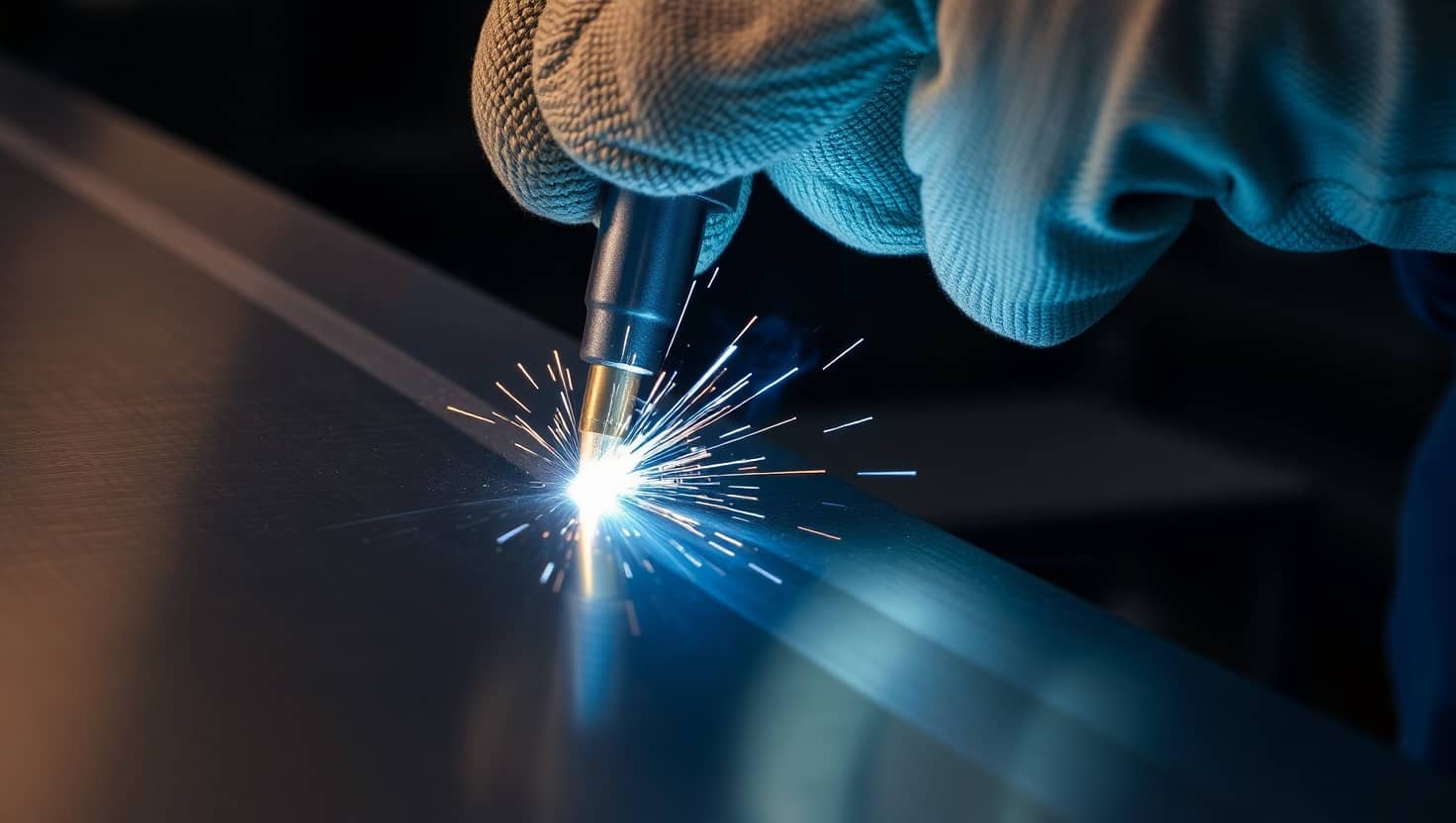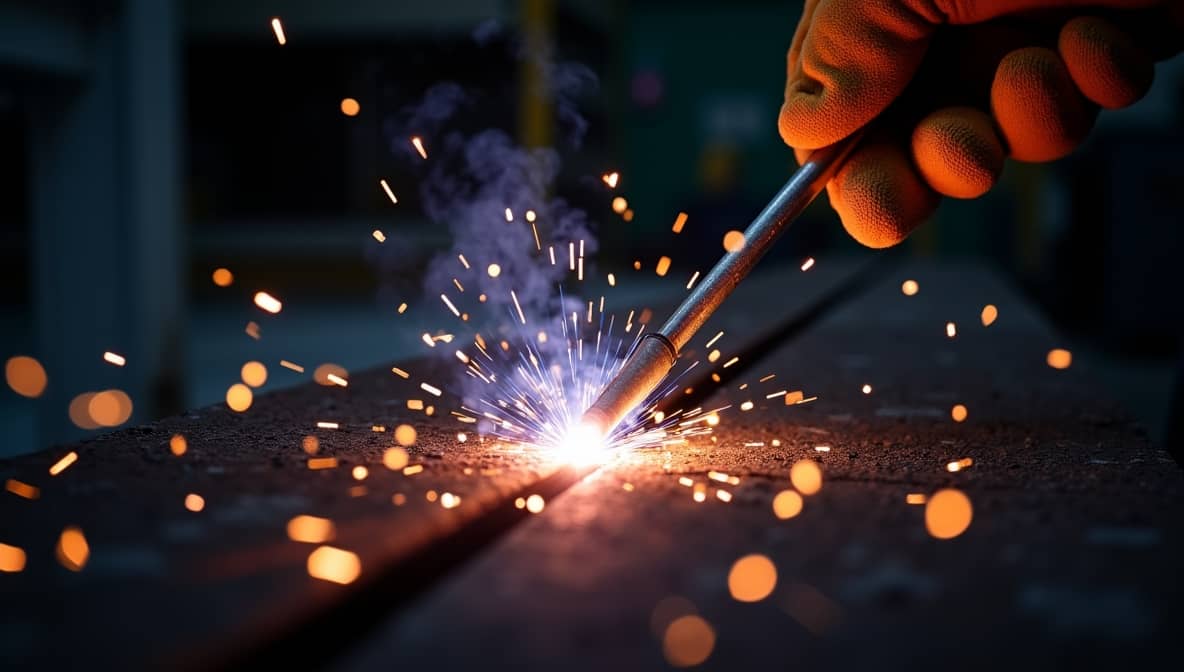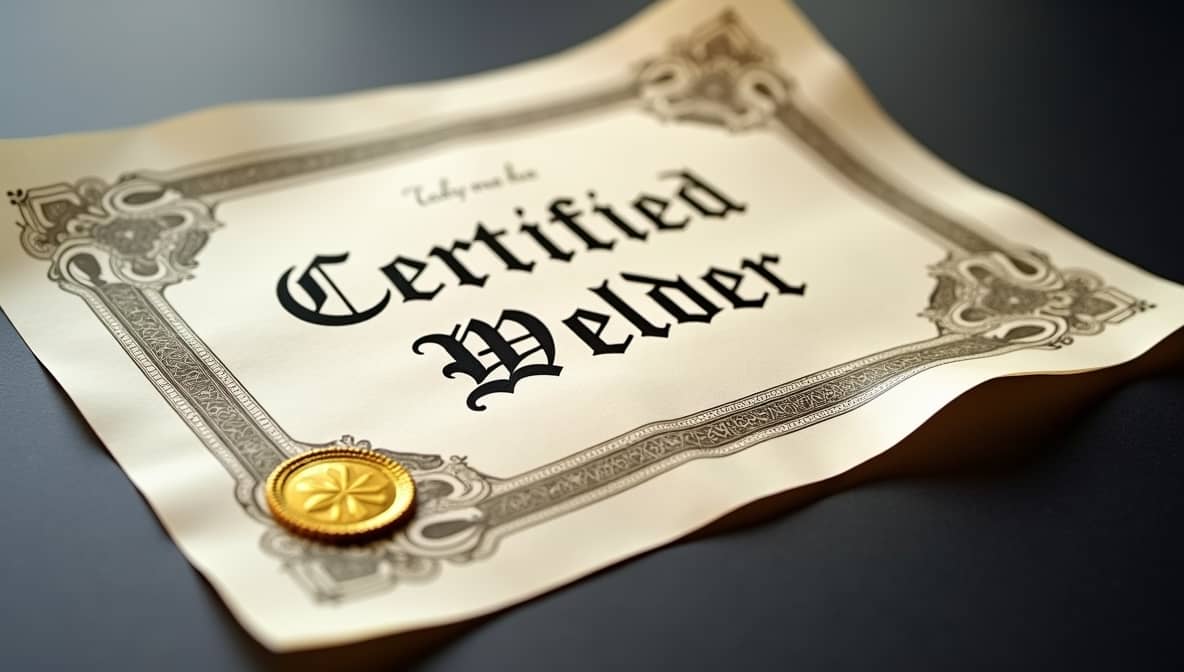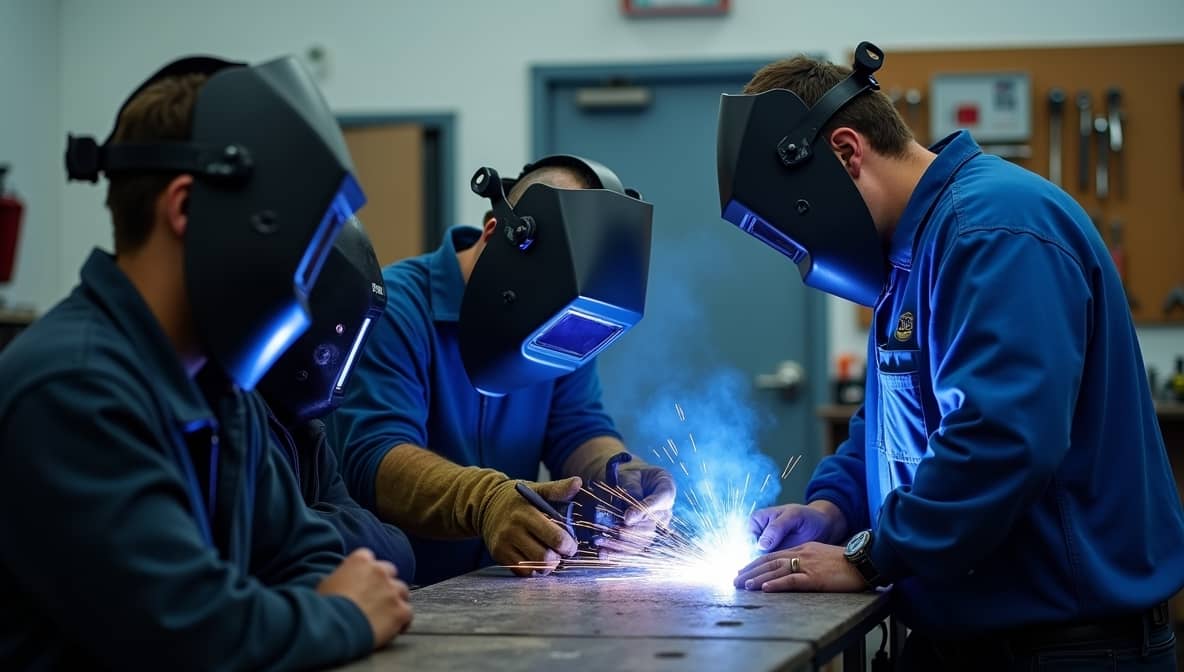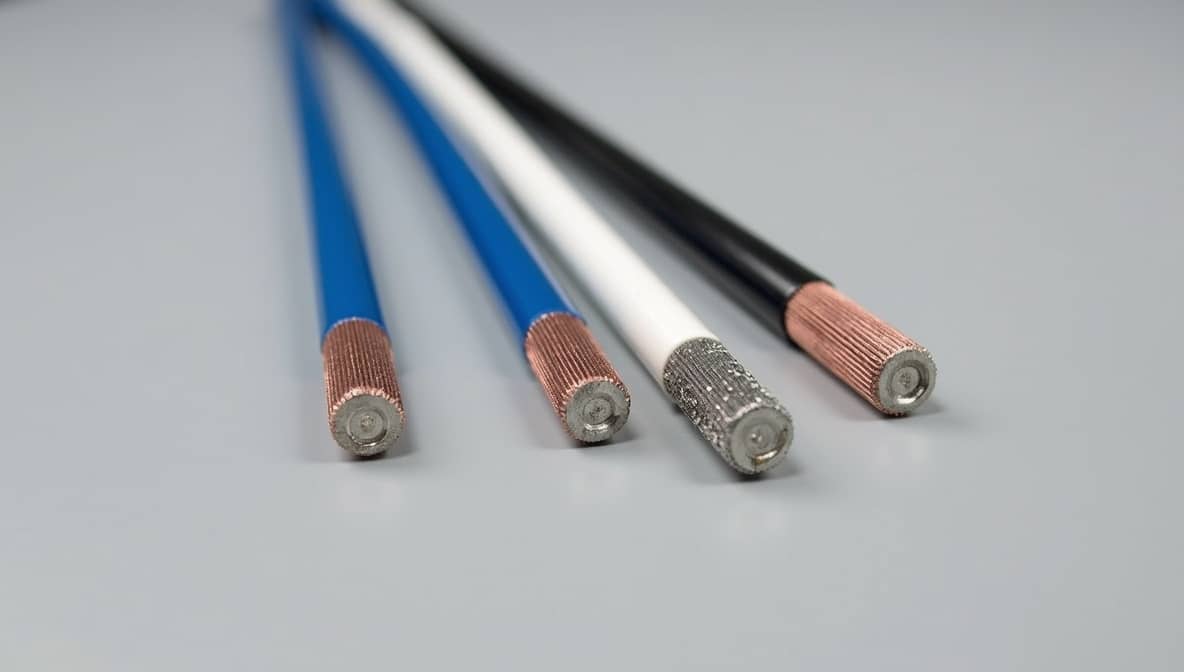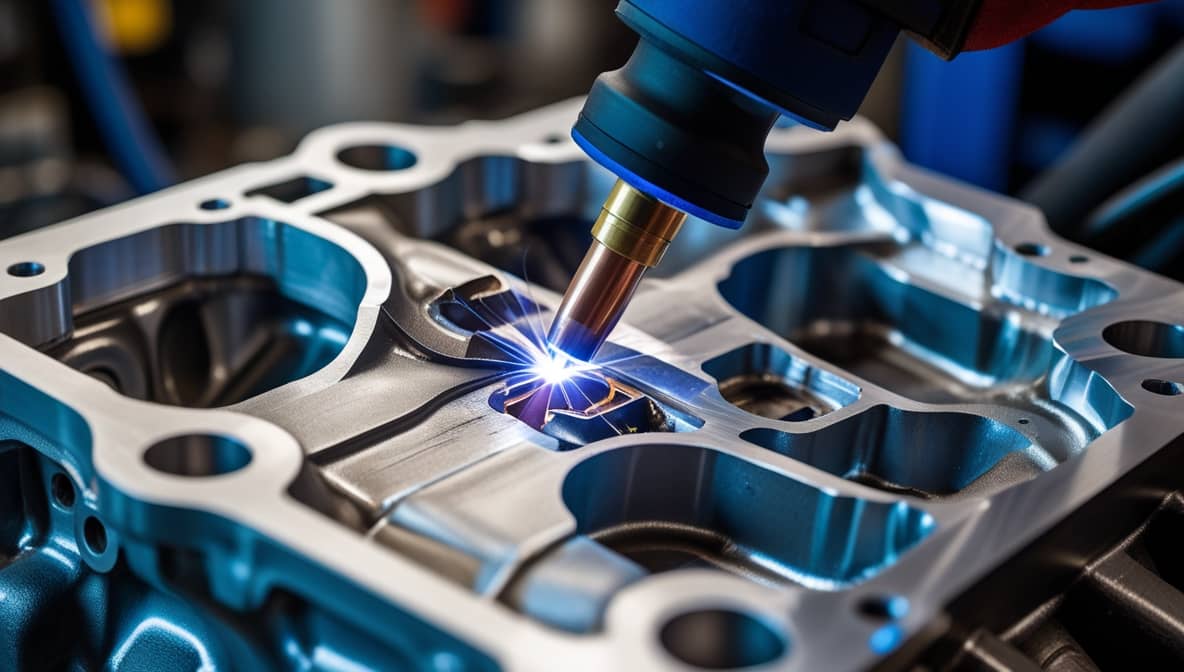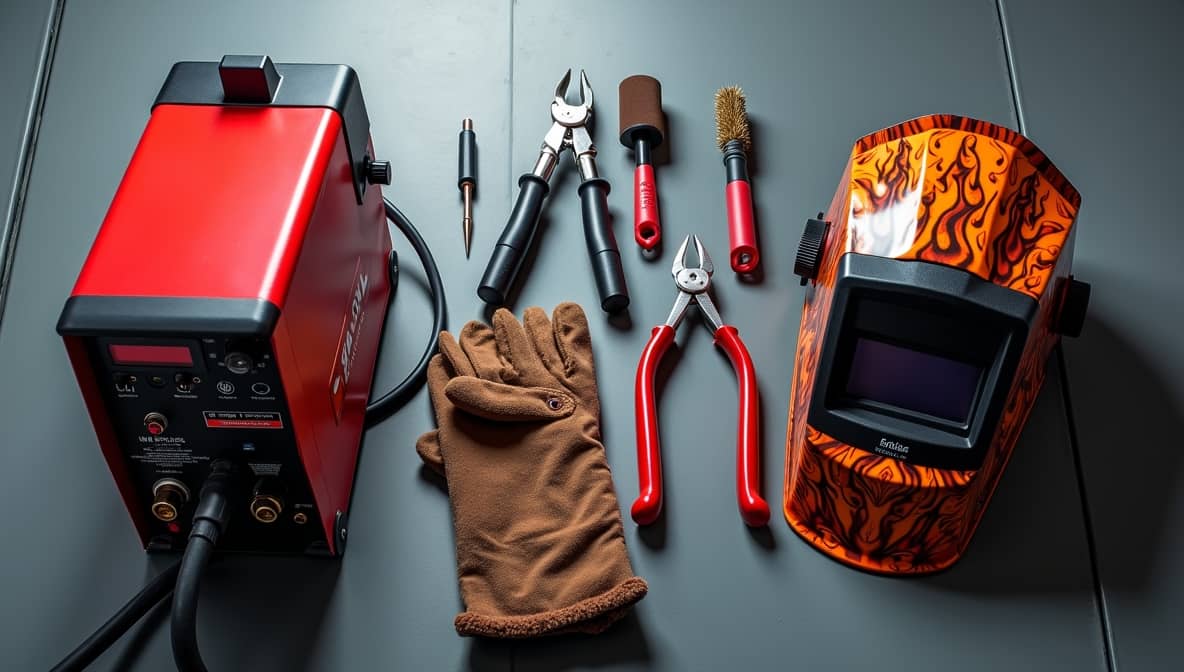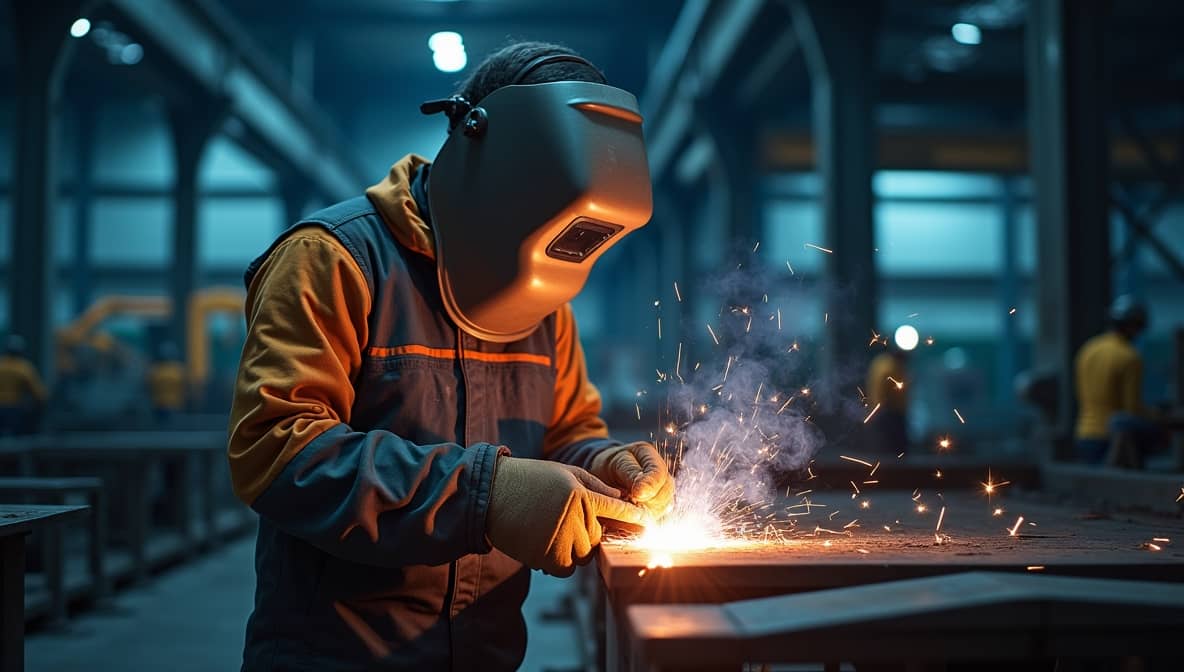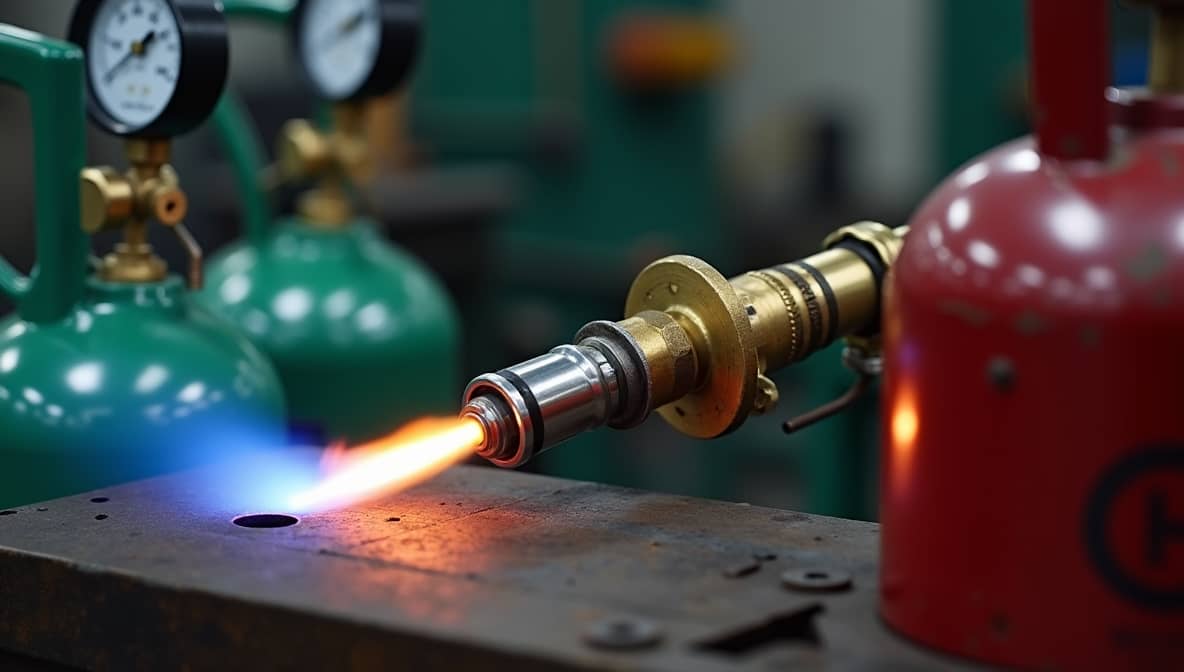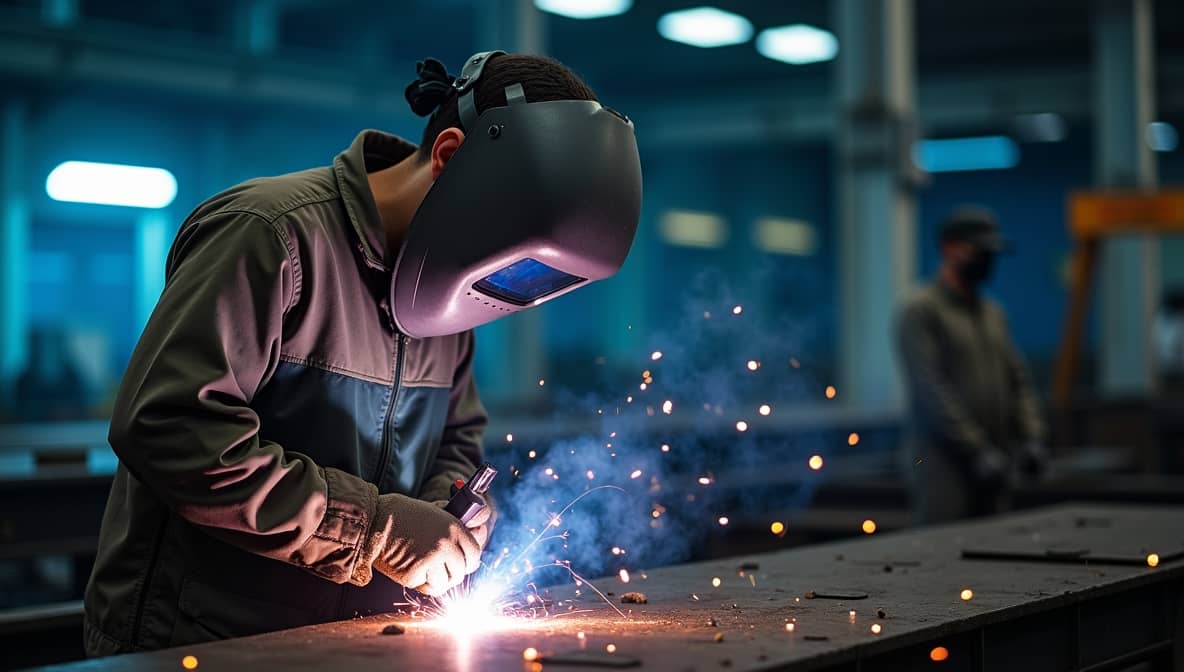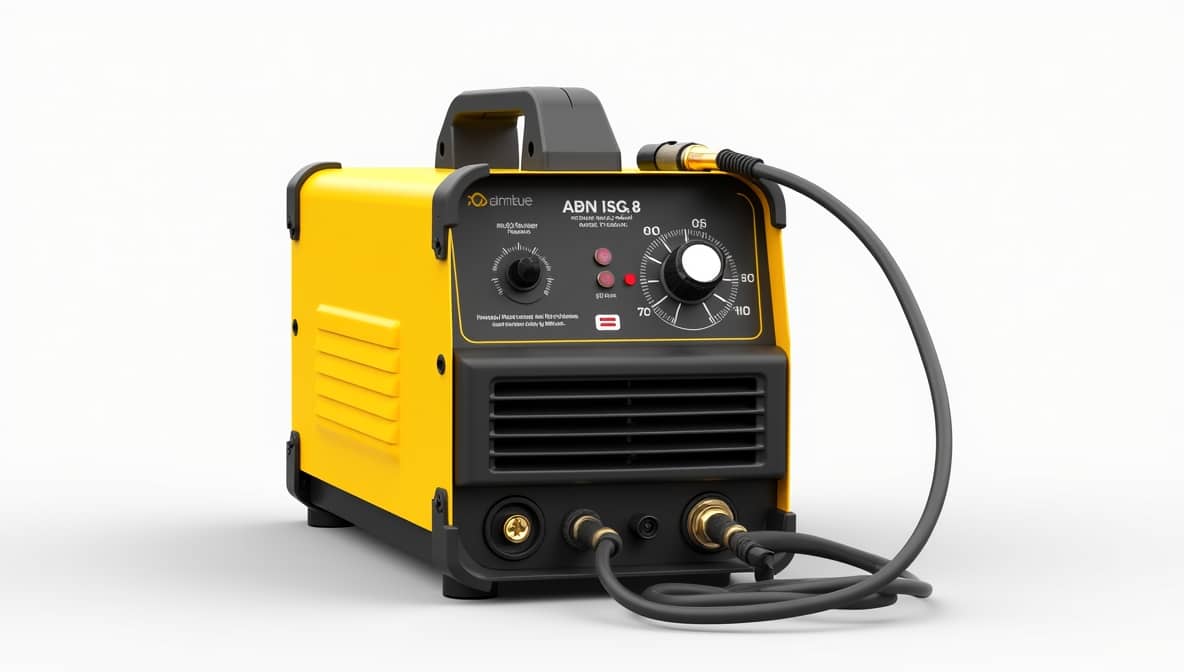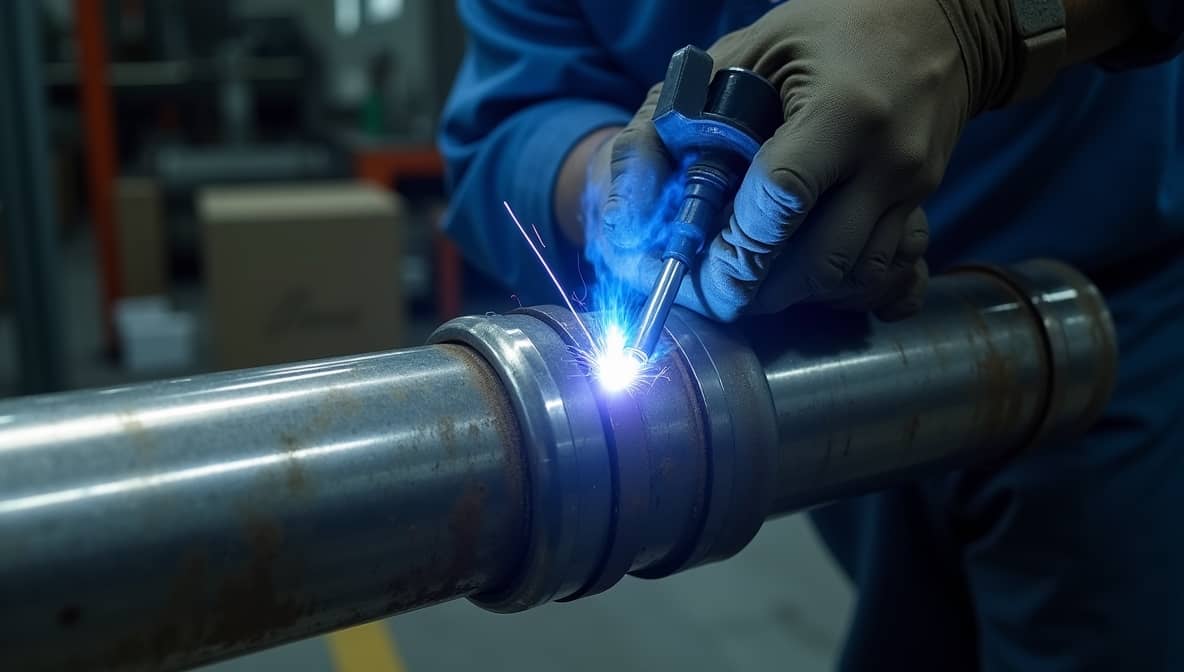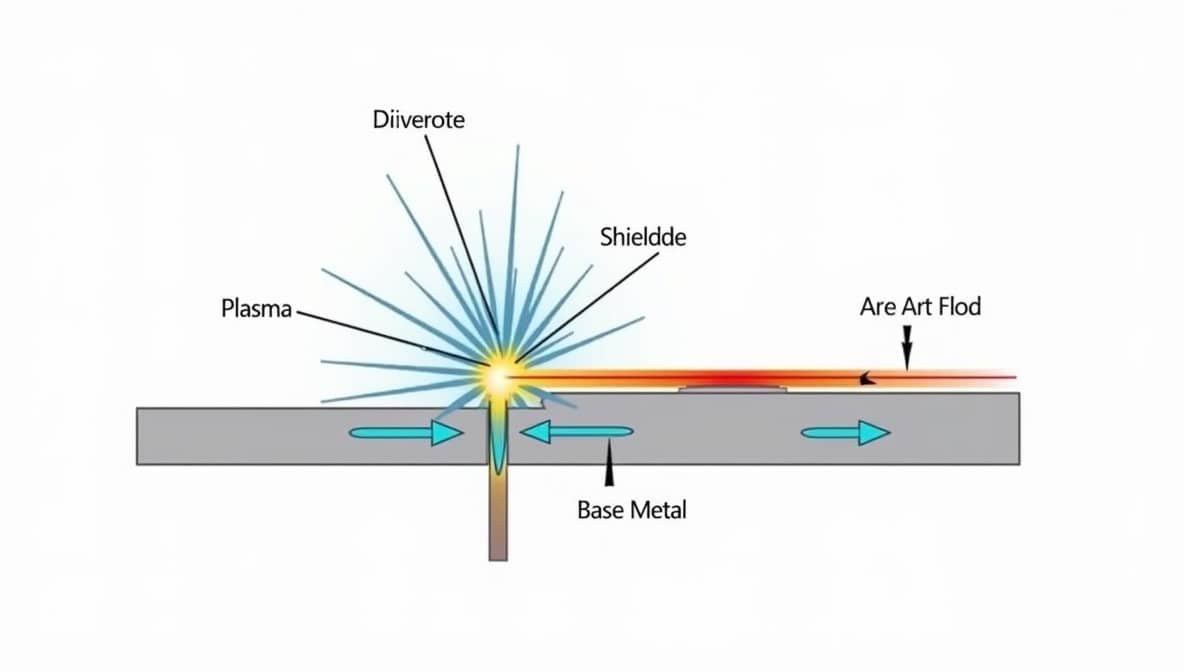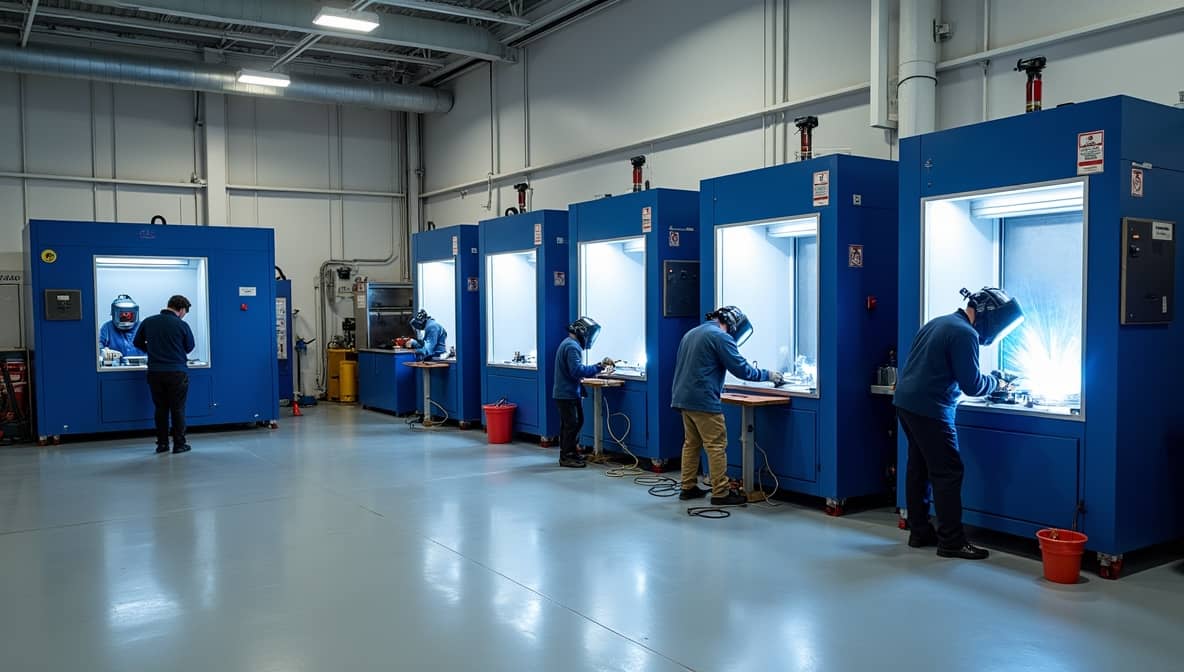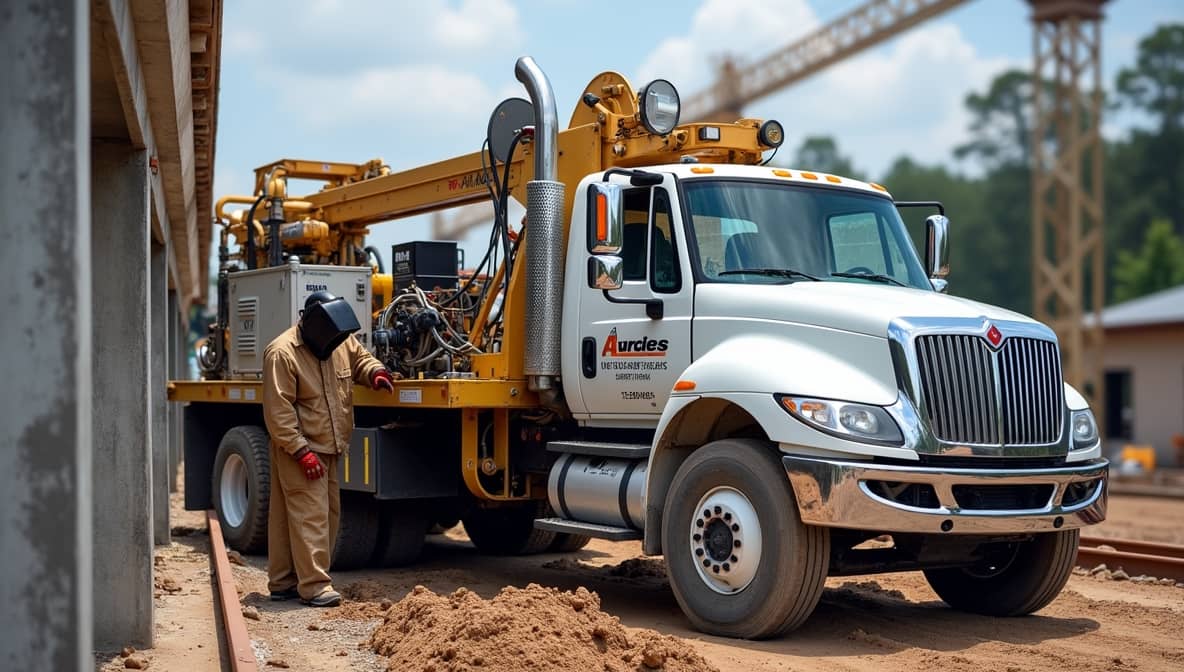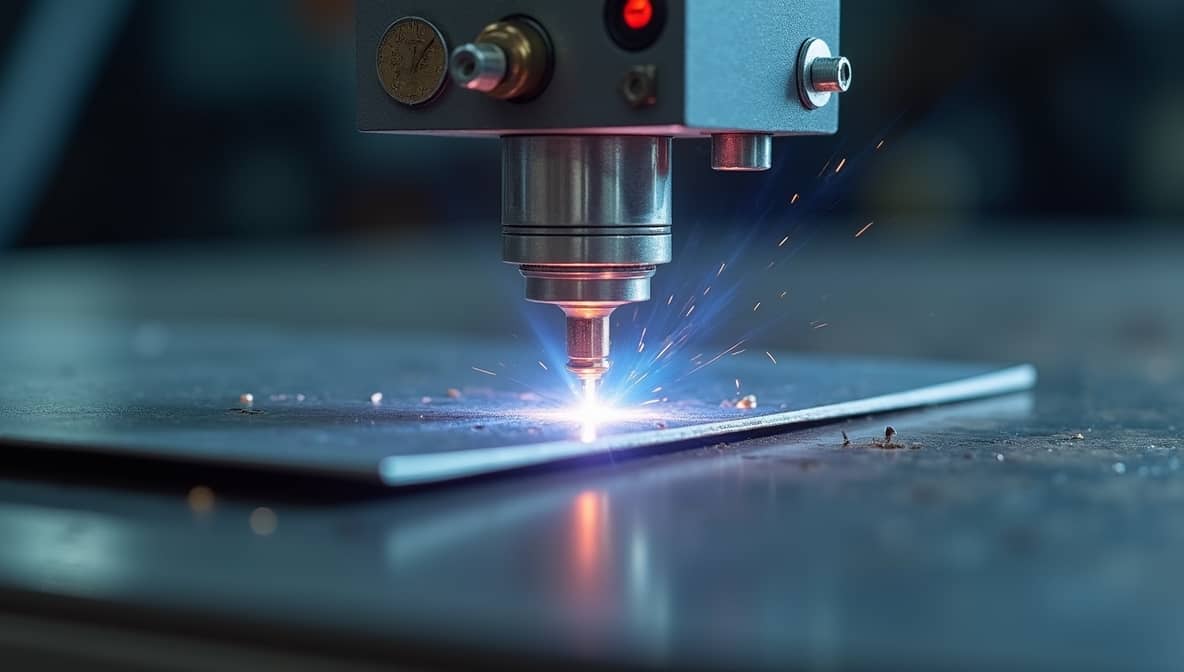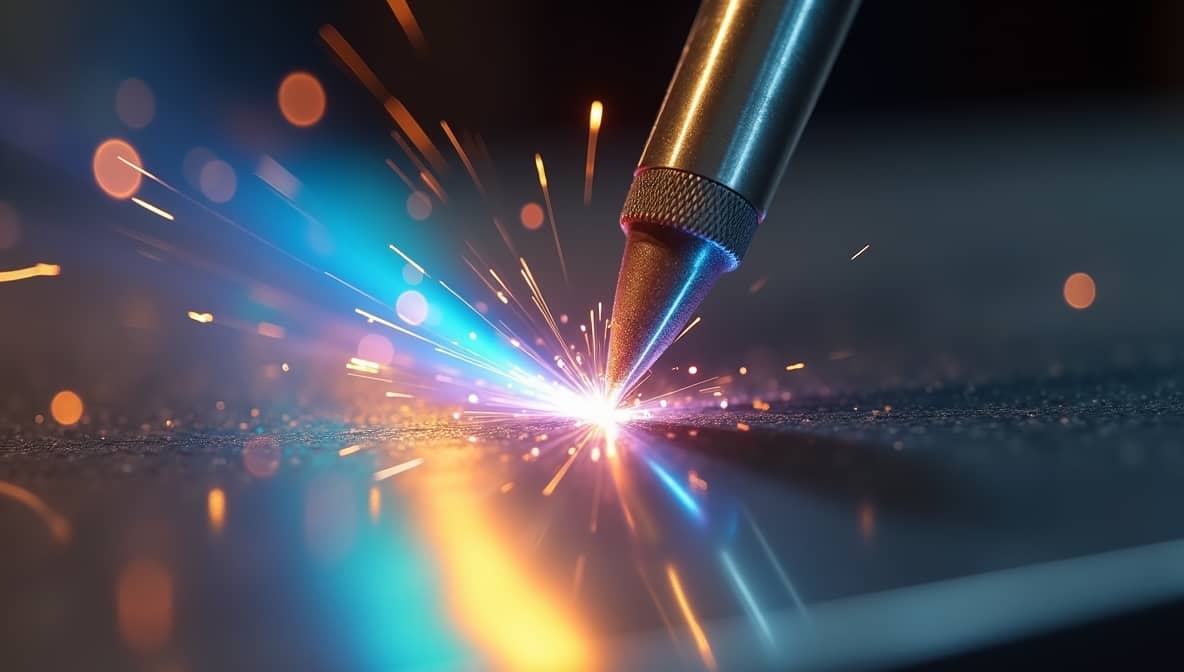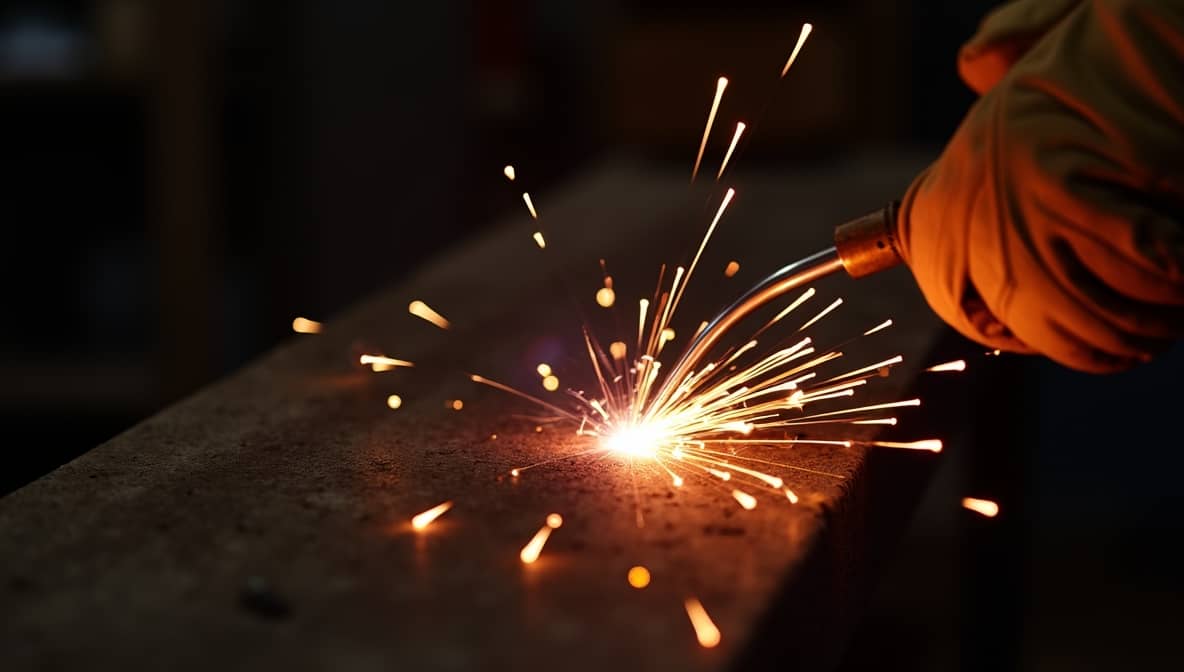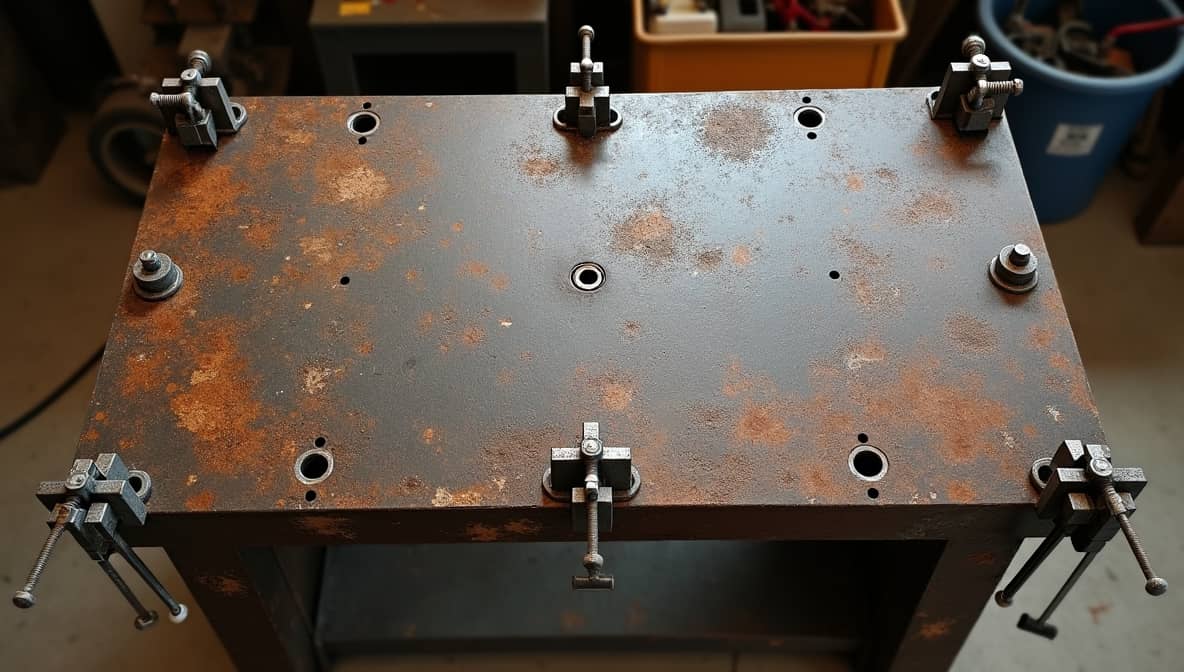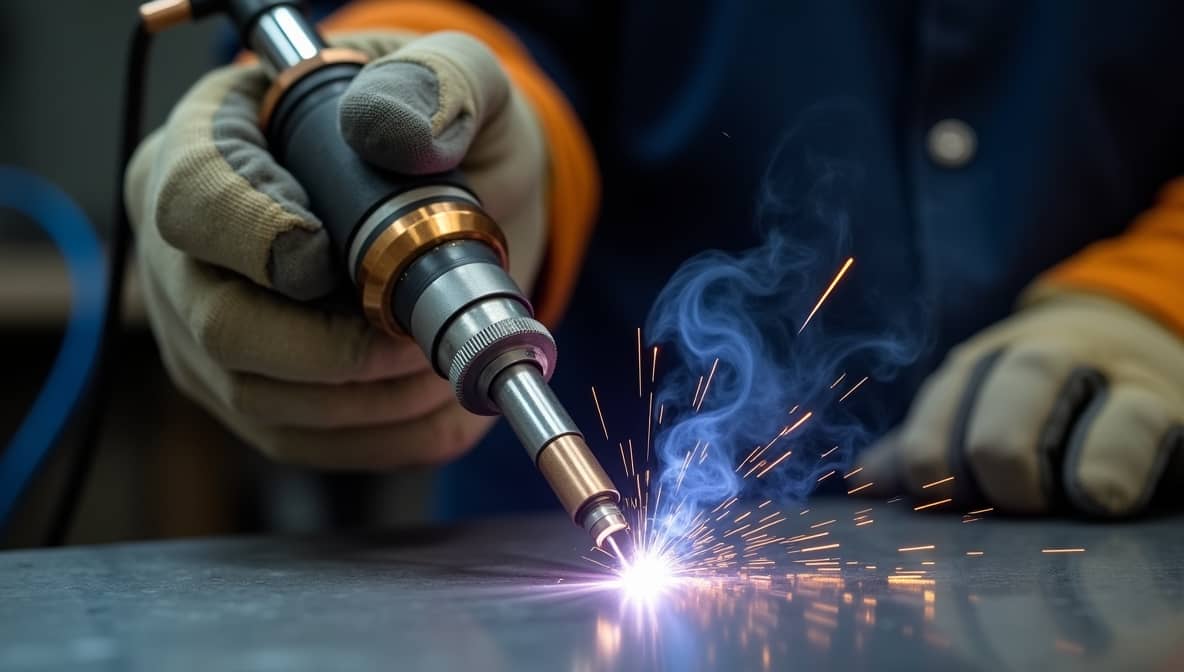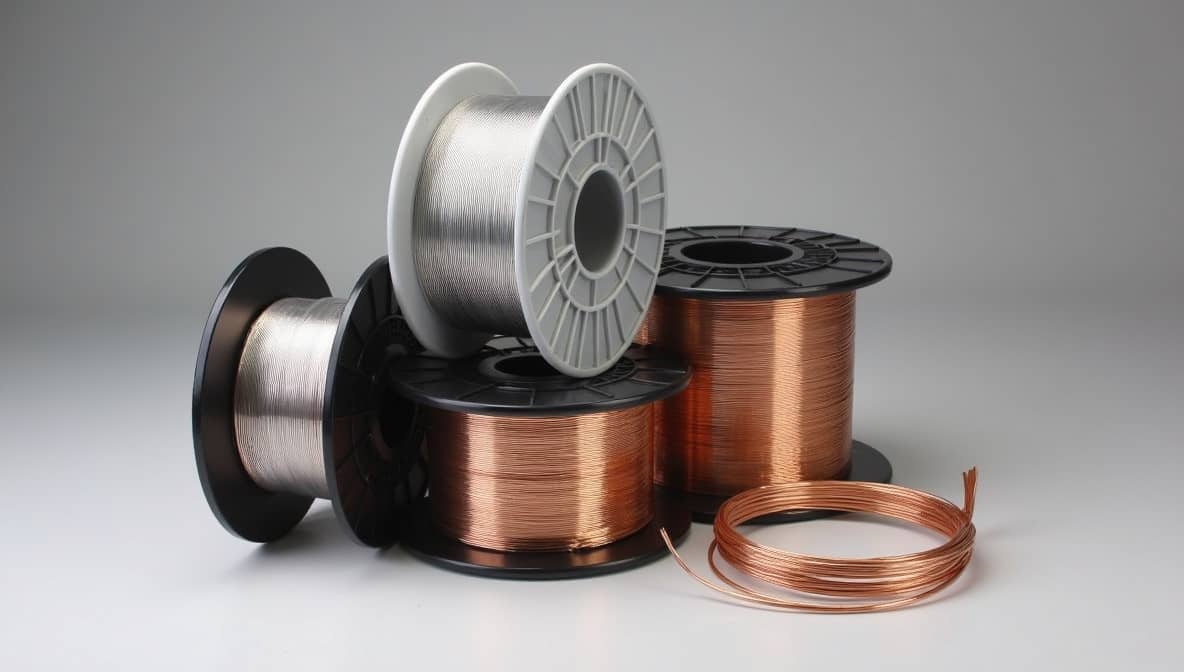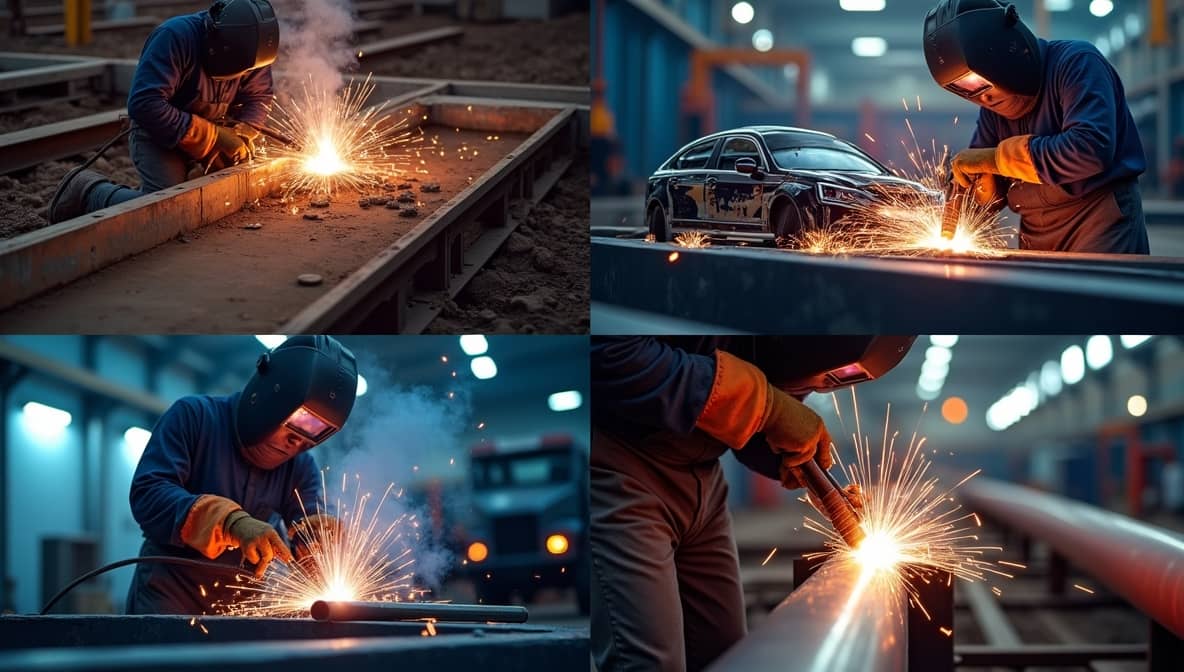Welding Wisdom for Professionals and Beginners Alike.
Start from herePrecision Welding Insights at Your Fingertips
Building Stronger Connections through Welding
Explore Welding
Discover comprehensive resources across all welding disciplines. From beginners looking to start their journey to professionals seeking advanced techniques, WeldingHubs has you covered.
Aluminum Welding
ExploreARC Welding
ExploreWelding Certificate
ExploreWelding Classes
ExploreElectrode
ExploreEngine Welding
ExploreWelding Equipment
ExploreFlux
ExploreGas Welding
ExploreHelmet
ExploreWelding Job
ExploreWelding Machine
ExploreMIG Welding
ExplorePipe Welding
ExploreWelding Process
ExploreSafety
ExploreWelding School
ExploreWelding Service
ExploreSpot Welding
ExploreStainless Welding
ExploreStick Welding
ExploreWelding Table
ExploreWelding Technology
ExploreTIG Welding
ExploreWelding Training
ExploreUnderwater Welding
ExploreWelding Wire
ExploreUses of Welding
ExploreLatest Articles
GMAW Aluminum Welding Parameters: Essential Tips for Optimal Setup and Techniques
Aluminum GMAW (MIG) welding parameters depend on factors like wire feed speed, amperage, and voltage. For thicker materials, preheat to no more than 230°F (110°C). Typical settings use 0.030 wire…
Gas Pressure for MIG Welding Aluminum: Ideal Settings, Tips, and Charts for Beginners
When MIG welding aluminum, use a shielding gas flow rate of at least 20 CFH. Start with 10-15 CFH. If porosity appears, increase the flow to 20-25 CFH. Avoid excessive…
Heat Treating Aluminum After Welding: Restoring 6061-T6 Tensile Strength Effectively
Heat treating aluminum after welding helps restore the T6 temper. For 6061-T6, welding can reduce strength by up to 50%. Post-weld heat treatment may not be necessary if the design…
High Frequency Welding Aluminum: Essential Techniques for Perfect TIG Joints
High frequency (HF) welding aluminum helps start the arc without tungsten contamination. Although you can use direct current (DC) for aluminum welding, it’s not as effective. The best AC frequency…
High Frequency TIG Welding Aluminum: Essential Techniques for Optimal Results
High-frequency TIG welding of aluminum works best at 120 Hz to 200 Hz. For better arc stability, using 400 Hz is ideal. This frequency makes the arc cone tighter. A…
Heat Treating Aluminum After Welding: Restore 6061-T6 Strength and Durability
To heat treat aluminum after welding, heat the part to 970°F for solution heat treatment. Quickly quench it to achieve the 6061-T6 or 6063 condition. Then, perform aging treatment by…
Join Aluminum Tubing Without Welding: Effective DIY Techniques for Secure Attachment
To join aluminum tubing without welding, use aluminum epoxy glue or watertight epoxy. These bonding methods effectively bond aluminum surfaces. For outdoor safety, wear gloves and a face mask to…
How to Do Aluminum Welding: Essential Techniques and Tips for Beginners
To weld aluminum, use TIG (Tungsten Inert Gas) or MIG (Metal Inert Gas) techniques. Start by cleaning the aluminum surfaces well. Preheat the material if needed. Adjust your welder settings…
Preventing Warping When Welding Aluminum: Essential Tips and Techniques for Success
To prevent aluminum from warping during welding, use clamp systems every 12-15 inches for stability. Control heat input by welding slowly and at lower temperatures. Ensure proper surface preparation by…

